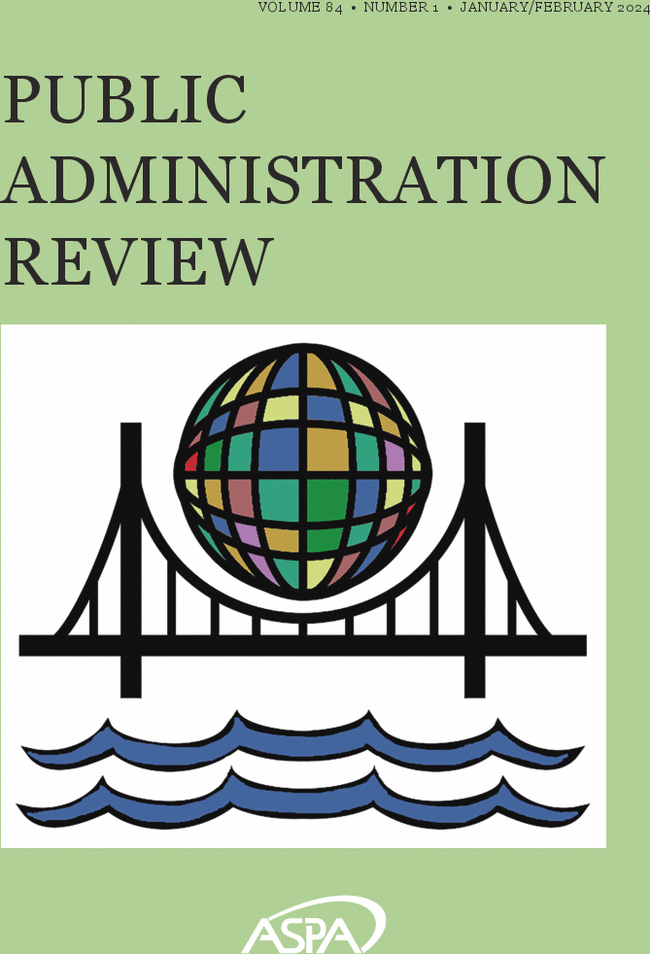Using technology to reduce learning costs and improve program comprehension: Lessons from a survey experiment on Supplemental Nutrition Assistance Program
IF 6.1
1区 管理学
Q1 PUBLIC ADMINISTRATION
引用次数: 0
Abstract
The Supplemental Nutrition Assistance Program (SNAP) provides food assistance to those in need, and while the program reaches many who are eligible, program participation falls short of reaching all who are eligible. One factor contributing to this gap in participation is difficulty understanding program eligibility, a common challenge with means-tested benefit programs. Governments have attempted to improve public understanding of these complex programs using a range of tools to reduce learning costs, yet we know little about the extent to which these tools work and why. This preregistered survey experiment tests three commonly used methods of communicating SNAP program information, including a flyer, screening tool, and video. Cumulatively, our findings demonstrate that efforts to reduce SNAP learning costs are generally effective at improving comprehension recall and that the type of intervention matters, with the video increasing comprehension scores more than the flyer and screening tool. However, the impact of the intervention does not vary substantially according to household income.利用技术降低学习成本,提高计划理解能力:补充营养援助计划调查实验的启示
补充营养援助计划(SNAP)为有需要的人提供食品援助,虽然该计划惠及许多符合条件的人,但计划的参与度却不足以惠及所有符合条件的人。导致参与率不足的一个因素是人们难以理解该计划的资格,这也是经济情况调查福利计划面临的共同挑战。政府曾试图利用一系列工具来提高公众对这些复杂项目的理解,以降低学习成本,但我们对这些工具的作用程度和原因知之甚少。这项预先登记的调查实验测试了三种常用的 SNAP 项目信息沟通方法,包括传单、筛选工具和视频。综合来看,我们的研究结果表明,降低 SNAP 学习成本的努力对提高理解回忆能力普遍有效,而且干预的类型也很重要,视频比传单和筛查工具更能提高理解分数。然而,干预措施的影响并不因家庭收入的不同而有很大差异。
本文章由计算机程序翻译,如有差异,请以英文原文为准。
求助全文
约1分钟内获得全文
求助全文
来源期刊

Public Administration Review
PUBLIC ADMINISTRATION-
CiteScore
15.10
自引率
10.80%
发文量
130
期刊介绍:
Public Administration Review (PAR), a bi-monthly professional journal, has held its position as the premier outlet for public administration research, theory, and practice for 75 years. Published for the American Society for Public Administration,TM/SM, it uniquely serves both academics and practitioners in the public sector. PAR features articles that identify and analyze current trends, offer a factual basis for decision-making, stimulate discussion, and present leading literature in an easily accessible format. Covering a diverse range of topics and featuring expert book reviews, PAR is both exciting to read and an indispensable resource in the field.
 求助内容:
求助内容: 应助结果提醒方式:
应助结果提醒方式:


